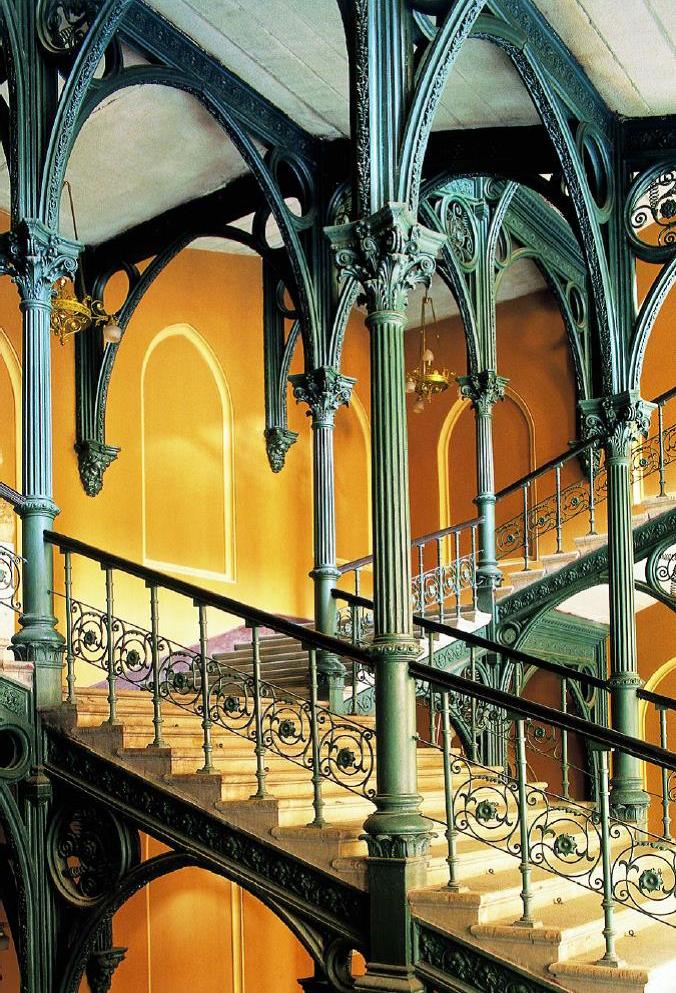Aspects of the Hungarianhistoricism
German-Hungarian interrelationshipsin architecture
11/21/08 - 02/15/09
In the second half of the 19th century, artists and architects made use of historical art styles and thus created the era of historicism.
The photo exhibition with photos by József Hajdú (Budapest) and Mathias Marx (Potsdam) showed examples of historicist architecture in Hungary, especially in Budapest, which became the capital in the last third of the 19th century. Within a short time it developed into a modern metropolis. The splendor of the newly erected buildings reflects the self-confidence of the urban bourgeoisie, but also shows the Hungarians striving for independence and modernization.
In this phase of new beginnings, German-Hungarian cultural contacts played a key role. Many Hungarian architects studied at German universities and introduced the new architectural style in their homeland. German architects also undertook major construction projects in Hungary; The Hungarian Academy of Sciences, for example, is the work of the Berlin Schinkel student Friedrich August Stüler.


